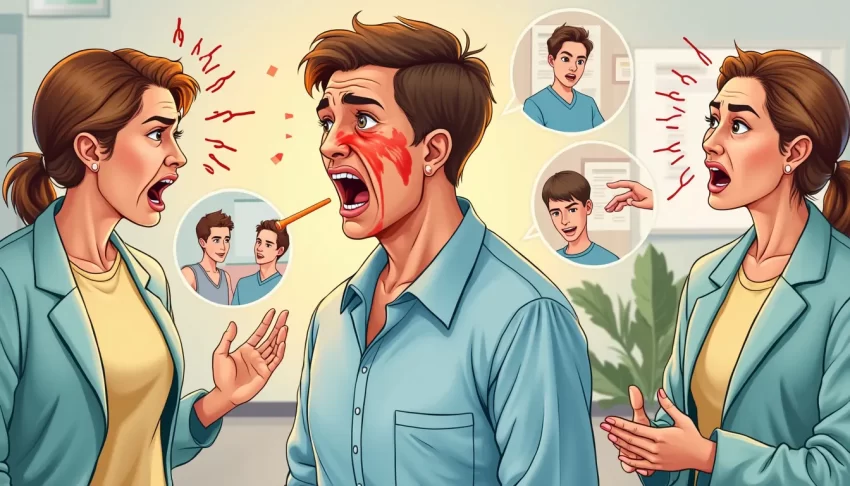Understanding DSM V Intermittent Explosive Disorder: Symptoms and Treatments
Living with DSM V Intermittent Explosive Disorder (IED) or having a loved one affected by it can be incredibly challenging. As someone who is diagnosed with IED, I deeply understand the impact this condition can have on daily life. I’ll walk you through the symptoms and treatments available for IED, helping you gain a clearer understanding of this disorder.
What is Intermittent Explosive Disorder (IED)?
Intermittent Explosive Disorder is a behavioral disorder characterized by sudden episodes of unwarranted anger. According to the DSM V, individuals with IED experience recurrent aggressive outbursts that are disproportionate to the situation at hand. These episodes are not premeditated and can lead to significant distress or impairment in daily functioning.
Symptoms of IED
The symptoms of IED can vary, but the DSM V outlines the following criteria for diagnosis:
- Recurrent behavioral outbursts: These can manifest as verbal aggression like temper tantrums, tirades, or fights, and/or physical aggression towards property, animals, or other individuals.
- Magnitude of aggressiveness: The aggression displayed is grossly out of proportion to any provocation or situational stressors.
- Frequency: These outbursts occur, on average, twice weekly for a period of three months, or they result in damage or destruction of property and/or physical assault causing injury to animals or other individuals occurring within a 12-month period.
- Lack of premeditation: The outbursts are not pre-planned and are impulsive in nature.
- Distress or impairment: The aggressive episodes cause significant distress or impair work, social, or personal functioning.
It’s crucial to understand these symptoms not just in clinical terms, but also in how they affect everyday life. The explosive reactions can strain relationships, hinder job performance, and even lead to legal issues.
Treatments for IED
Treating IED requires a multi-faceted approach, as every individual may respond differently to various treatments. While I’m not a doctor, here are some widely recognized and practiced treatments:
Psychotherapy
Psychotherapy, particularly Cognitive Behavioral Therapy (CBT), has been shown to be effective in treating IED. CBT helps individuals recognize and change negative thought patterns that lead to explosive outbursts. Therapy can also teach coping mechanisms and relaxation techniques to manage anger more effectively.
Medications
In some cases, medication may be prescribed to help control symptoms. These can include:
- Antidepressants like SSRIs (Selective Serotonin Reuptake Inhibitors)
- Mood stabilizers
- Anti-anxiety medications
It’s essential to work closely with a psychiatrist to find the right medication and dosage, as each individual’s response can vary.
Self-care and Support
Managing IED also involves self-care practices and support from loved ones. Here are some strategies that can help:
- Avoid triggers: Try to identify and steer clear of situations or activities that may trigger an outburst.
- Practice relaxation techniques: Methods like deep breathing, meditation, and yoga can reduce stress and anger.
- Regular exercise: Physical activity can help release built-up tension and improve mood.
- Seek support: Connecting with support groups, either in person or online, can provide a sense of community and understanding.
Remember, seeking professional medical advice is crucial if you or a loved one experience symptoms of IED. A healthcare provider can offer personalized guidance and treatment options.
Conclusion
Living with DSM V Intermittent Explosive Disorder can feel overwhelming, but understanding the symptoms and available treatments is a step towards managing this condition. By seeking appropriate care, fostering a supportive environment, and practicing self-care, it is possible to lead a more balanced and fulfilling life despite the challenges of IED.
If you resonate with any of the symptoms mentioned and haven’t yet sought help, I strongly encourage you to reach out to a medical professional. Taking that first step can make a world of difference.
Support Us: Check out our recommended products on Amazon.

